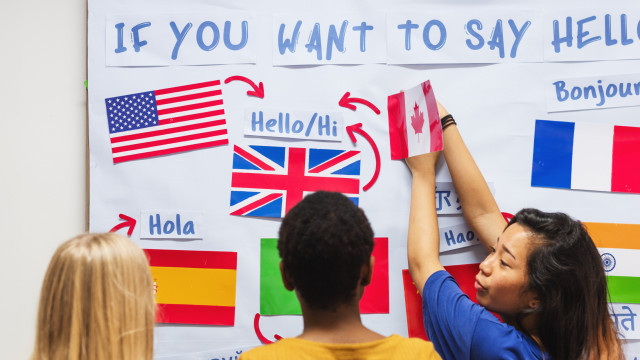STAY UP TO DATE...
I accept terms & conditions and privacy policy.
I want to receive Exclusive Offers from partners (advertising)
Thank you for your registration

LIFESTYLE
History
09/04/25

LIFESTYLE
Unhoused
09/04/25

LIFESTYLE
Architecture
09/04/25

LIFESTYLE
Science
09/04/25

LIFESTYLE
Trade
08/04/25

LIFESTYLE
Politics
08/04/25

LIFESTYLE
Conflict
08/04/25

LIFESTYLE
Fashion
08/04/25

LIFESTYLE
Vehicles
08/04/25

LIFESTYLE
Cars
08/04/25
MOST READ
- Last Hour
- Last Day
- Last Week

LIFESTYLE
Enviroment
07/04/25

LIFESTYLE
Crime
07/04/25

LIFESTYLE
Aging
07/04/25

LIFESTYLE
Gender
07/04/25

LIFESTYLE
Scent
04/04/25

LIFESTYLE
Sports
04/04/25

LIFESTYLE
Technology
04/04/25

LIFESTYLE
Therapy
03/04/25

LIFESTYLE
Inequality
03/04/25

LIFESTYLE
Geopolitics
03/04/25

LIFESTYLE
History
02/04/25

LIFESTYLE
Languages
02/04/25

LIFESTYLE
History
27/03/25

LIFESTYLE
Money
27/03/25

LIFESTYLE
Astronomy
27/03/25

LIFESTYLE
Olympic games
27/03/25

LIFESTYLE
Ukraine
27/03/25



